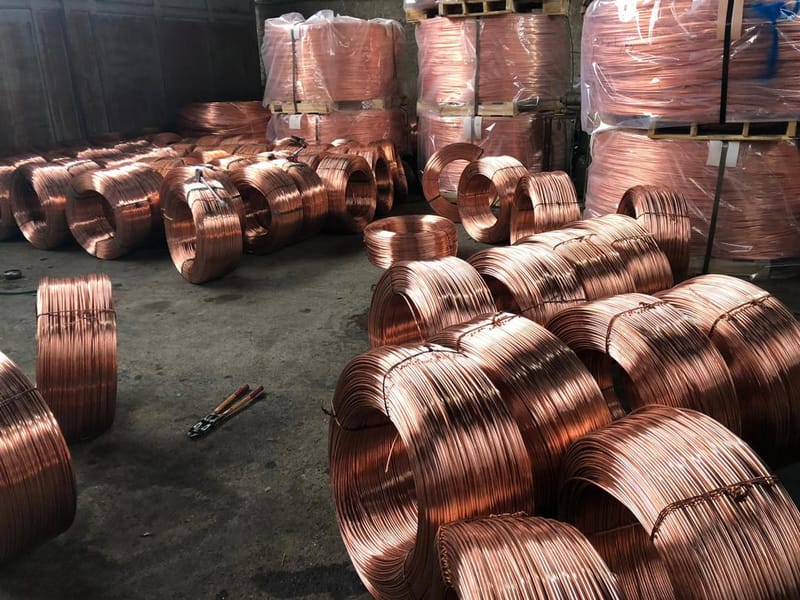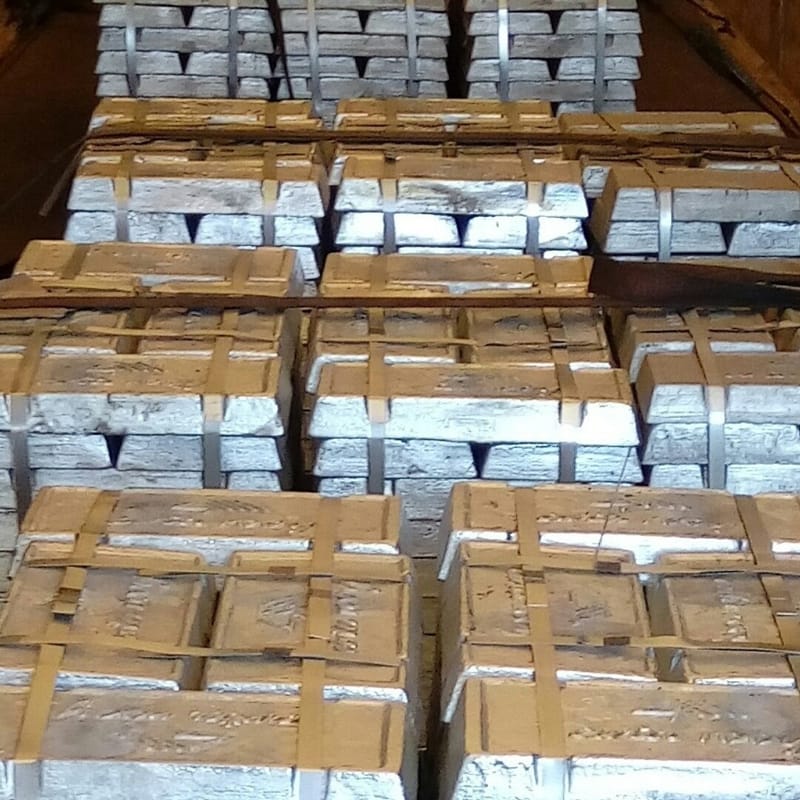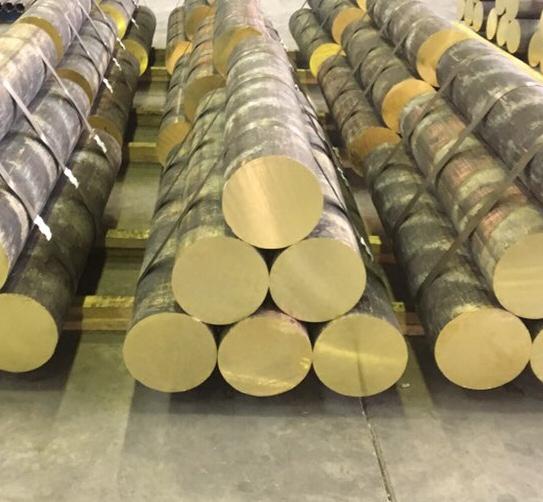non ferrous metals
Lead is a chemical element with the symbol Pb and atomic number 82. It is a soft, silvery white or grayish metal, when freshly cut, lead is silvery with a hint of blue; it tarnishes to a dull gray color when exposed to air, is a heavy metal that is denser than most common materials. Lead is highly durable and resistant to corrosion, malleable, also has a relatively low melting point. Lead is one of the most effectively recycled materials in the world and today more lead is produced by recycling than is mined. Recycling lead is relatively simple, is used as lead-acid for batteries and it is possible to recover it for use over and over again.
Read MoreBrass is an alloy made primarily of copper and zinc, is a soft metal, brass often has a bright gold appearance; however, it can also be reddish-gold or silvery-white, The alloy has a relatively low melting point, It's a good conductor of heat, brass resists corrosion, including galvanic corrosion from saltwater. Brass is not ferromagnetic, Among other things, this makes it easier to separate from other metals for recycling. Because of these properties, brass is used to made: pipes and tubes, weather-stripping and other architectural trim pieces, screws, radiators, musical instruments, firearm cartridge casing and decorative items.
Read MoreAluminium is a silvery-white, soft, non-magnetic and ductile metal in the boron group, lightweight, fire-proof and heat-resistant, easy to work into new shapes, and able to conduct electricity and it doesn't rust, Aluminium is a chemical element with the symbol Al and atomic number 13. Aluminum can be found throughout the earth's crust, but it is most commonly extracted from bauxite ore. Because it is so soft in its pure form, most aluminum used for commercial purposes consists of alloys made from refined bauxite mixed with stronger materials.
Read More





